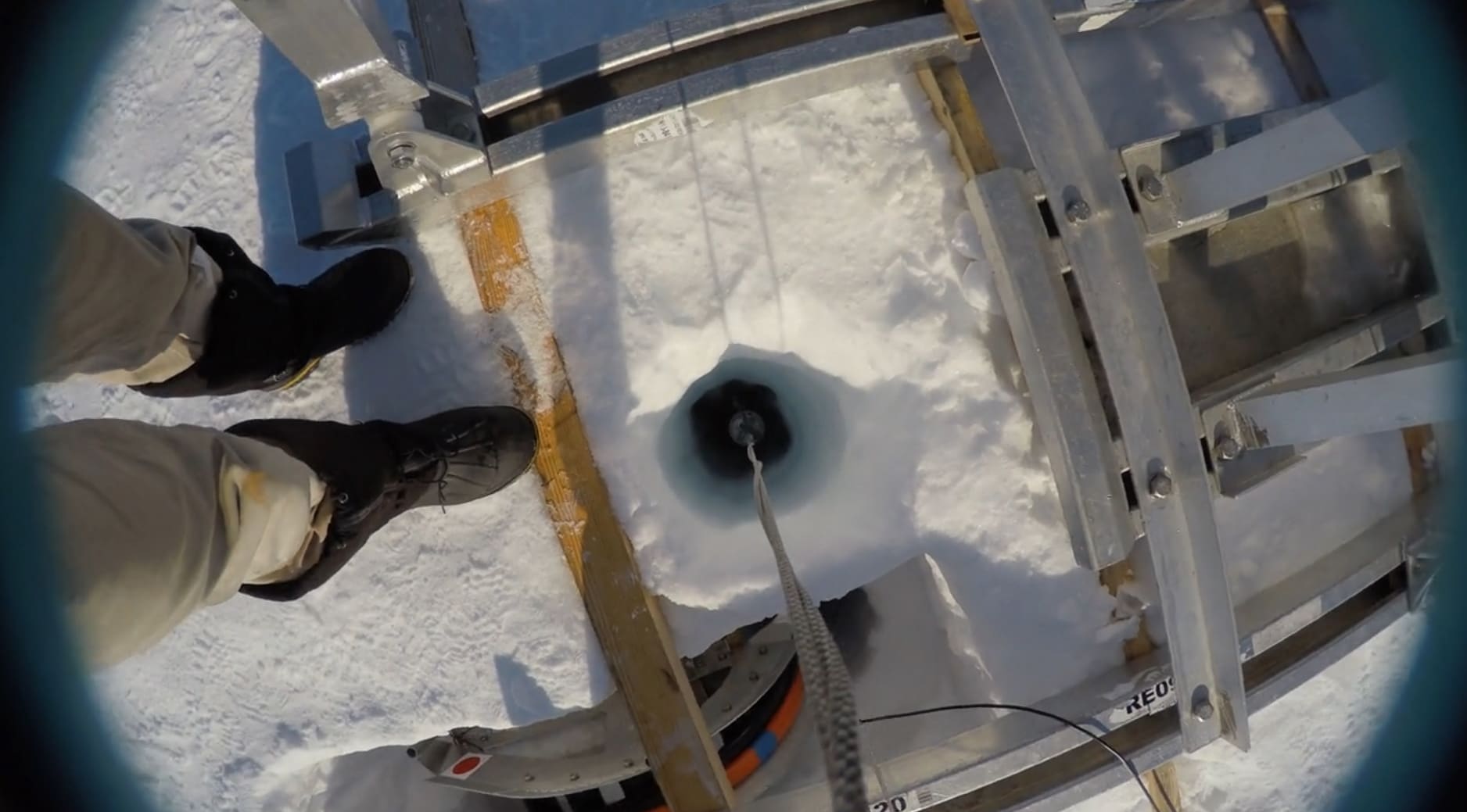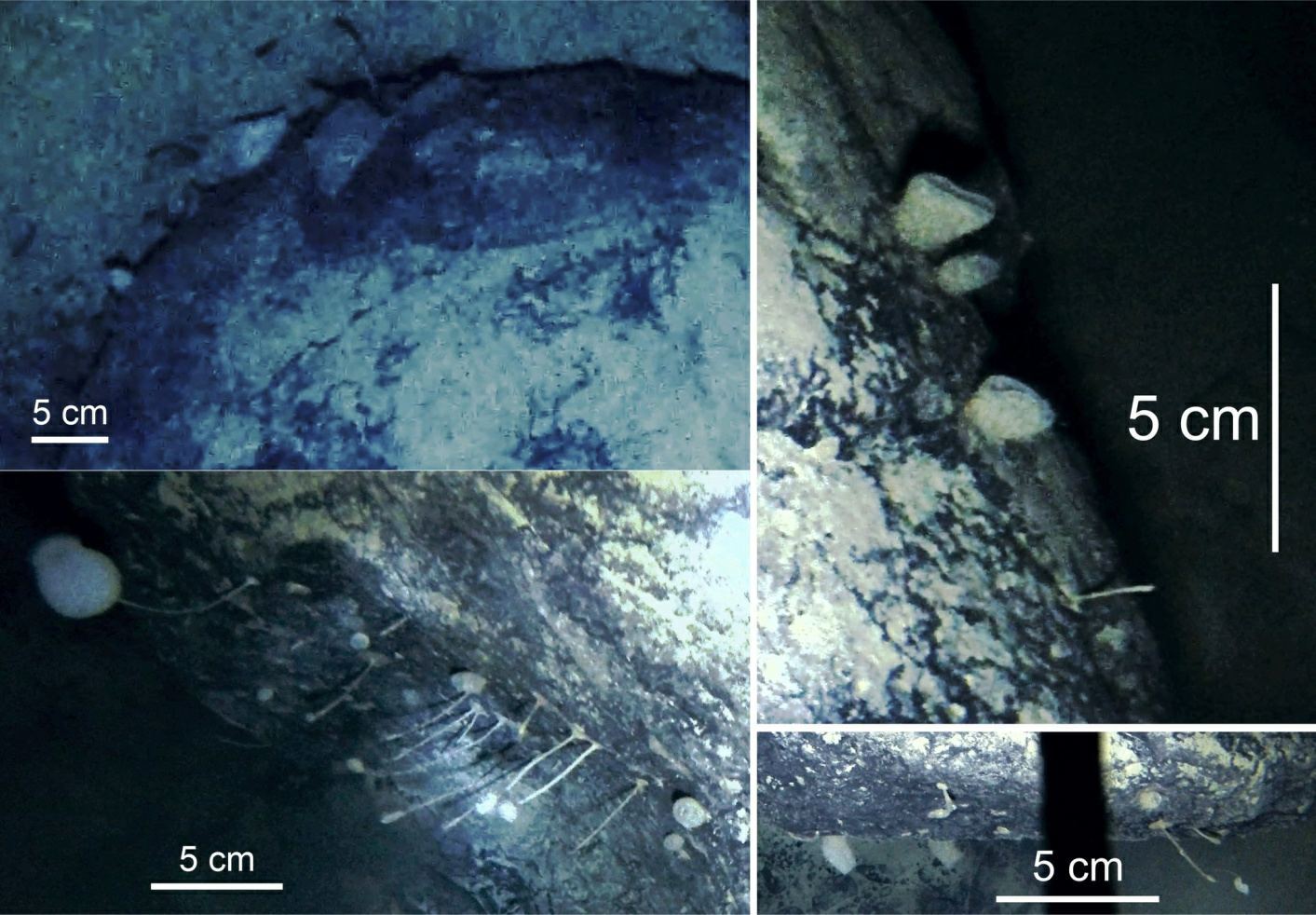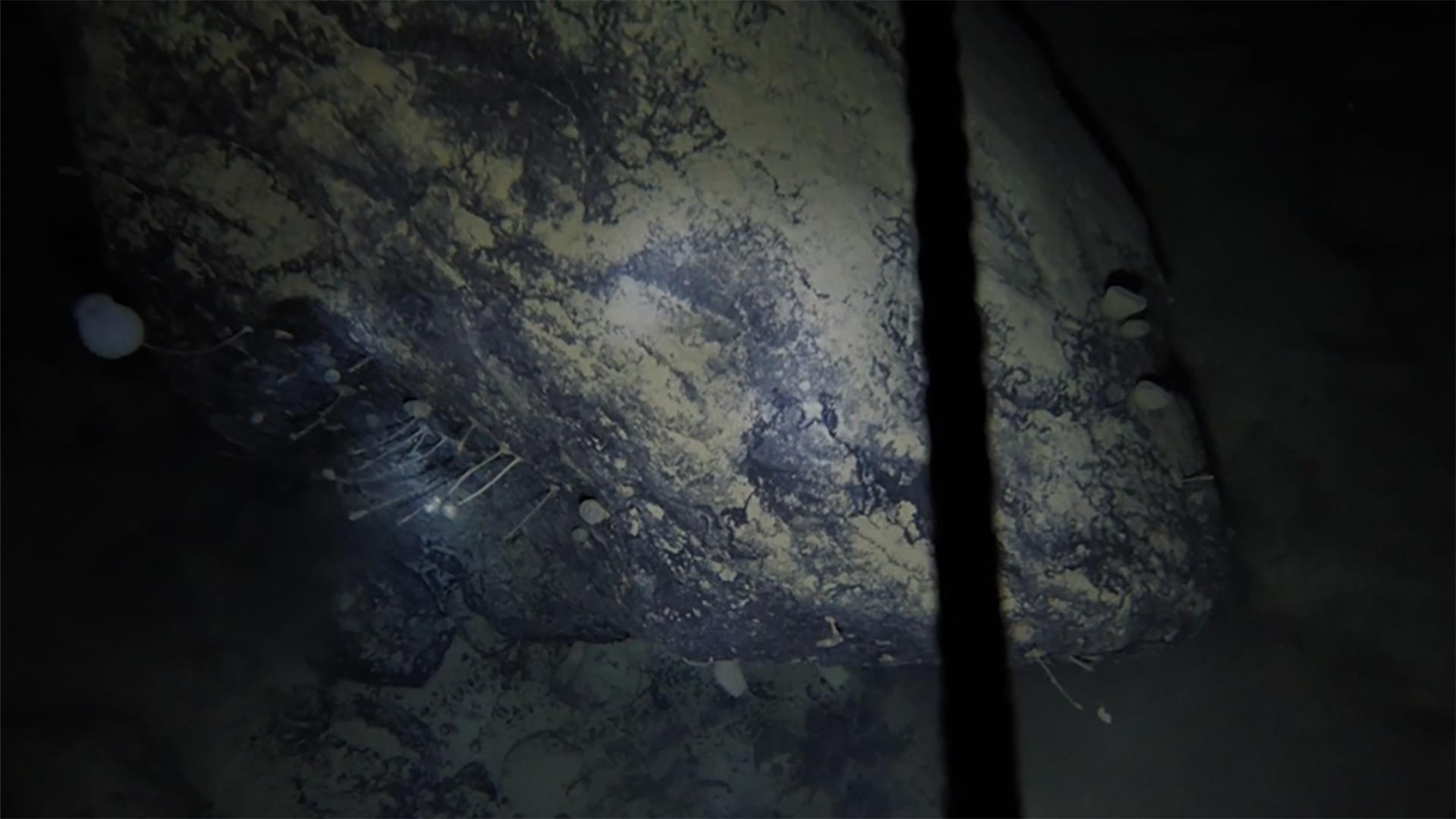Animal life was not what scientists were expecting to find in the pitch-black seawater beneath almost half a mile of floating Antarctic ice, but it seems to have found a way with the discovery of sea creatures living in the extreme environment.

A group of researchers conducting a survey in Antarctica have accidentally discovered species living in -2°C temperatures beneath an ice shelf on the southeastern Weddell Sea. The find was made by biogeographer Huw Griffiths of the British Antarctic Survey, while he was working with his team of explorers at the Filchner-Ronne Ice Shelf.

British Antarctic Survey shared a short video on Twitter, where Griffiths shared details about his extraordinary find.
Accidental discovery of extreme life! Far underneath the ice shelves of the #Antarctic, there’s more life than expected: https://t.co/atdkiv1GrA
BAS marine biologist Dr Huw Griffiths @griffiths_huw explains… pic.twitter.com/Z6OUw4oQNs
— British Antarctic Survey (@BAS_News) February 15, 2021
How did they find it?
The geologists were more than 150 miles from the open ocean when they bored a hole through the 3,000-foot-thick ice with a hot-water drill and lowered a coring device and a video camera into the dark seawater below it.
They had expected the seafloor to be mud, but were dismayed when they hit a boulder, which meant they couldn’t get the intended sediment samples. But to their surprise, the camera showed colonies of “stationary” animals attached to the rock – probably sponges and related sea creatures.

In previous surveys in the area, creatures such as fish, worms, and jellies were found living under the ice shelf. But what Griffiths and his team found was a species of filter feeders. “We recently found life living far beneath a giant floating ice shelf. What we found was surprising because we have never expected this kind of animals, animals that filter feed their food from the water column, to be found this far from a source of food or daylight,” Griffiths said in the video.
What has the survey revealed?
“Everything we know about these environments under the ice comes from a handful of holes drilled by people through the ice and then cameras lowered down,” he added. Griffiths said the study has revealed that humans might not know how much area is actually under the ice shelves in the continent of Antarctica. Griffiths and his team found one filter feeder sponge on a stalk, 15 sponges without stalks, and 22 unidentified stalked organisms that could be sponges or other species such as barnacles, cnidaria, or polychaetes.
The discovery shows that life can exist in environments where science suggests it should not: “There are still things that we have to learn,” Griffiths said. “There are still animals out there that can break the rules that we have written for them.”



